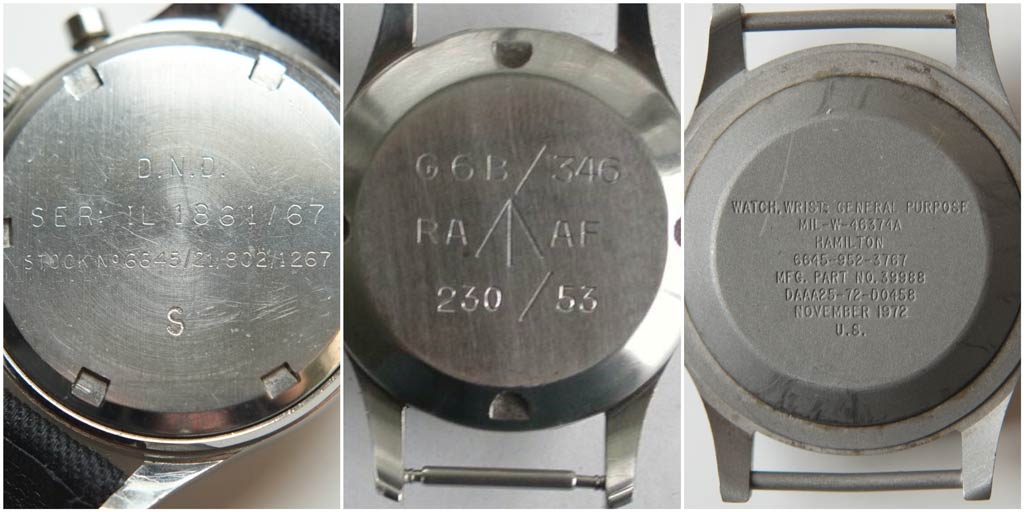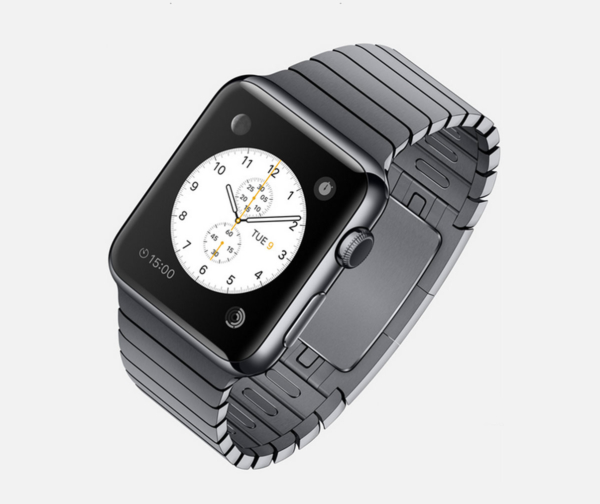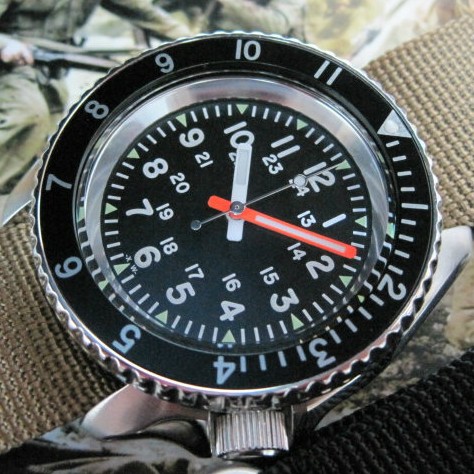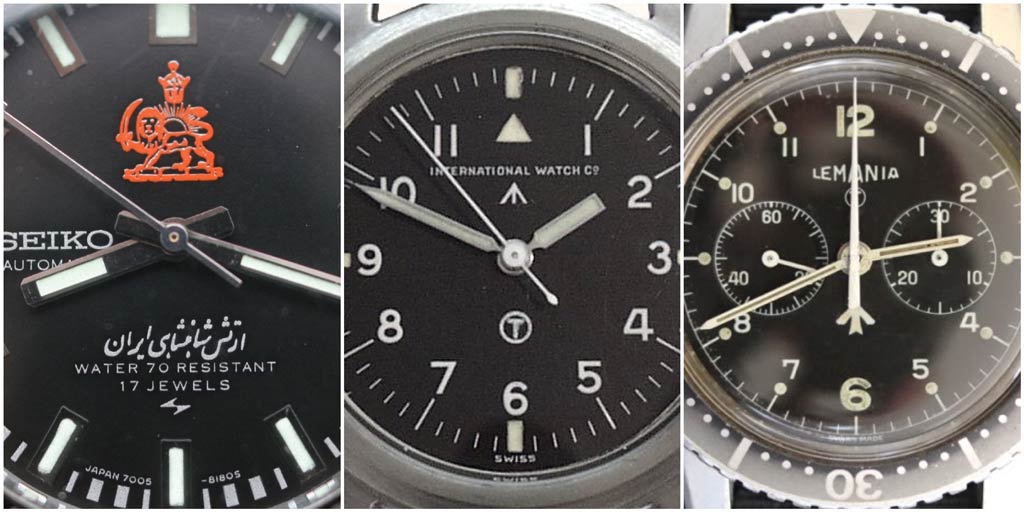One of the more interesting and unique characteristics of military watches that sets them apart from their civilian counterparts are the issue markings. These numbers and symbols–sometimes on the dial and almost always on the case–can carry a number of different meanings. Interpreting those meanings can sometimes be like solving a puzzle, with long strings of numbers telling you important information about the watch, like where it’s from, how it was designed to be used, when it was made, and a lot more. Today, we’ll share a quick guide for deciphering a majority of military and government issue watch markings. The guide is organized into a few major categories of markings, with a few examples in each category. Using this guide, you should be able to develop a basic understanding of the issue markings on most military watches you encounter. Let’s take a look.
Serial Number
This is the most common issue mark among all issued watches. The serial number is unique to each individual watch and allows it to be traced in the stocking and maintenance systems. Serial numbers are almost always stamped or engraved on the case back, and depending on how the watch was procured by the issuing agency, multiple serial numbers may exist. Watches made specifically for the military and never for public sale will often have only one serial number, while watches with a civilian variant or adapted for military service may have both manufacturer and issuing agency serial numbers. On some issued watches, the serial number is the only mark seen; while on others, it’s the only feature that distinguishes the watch from an everyday civilian watch by the same manufacturer.
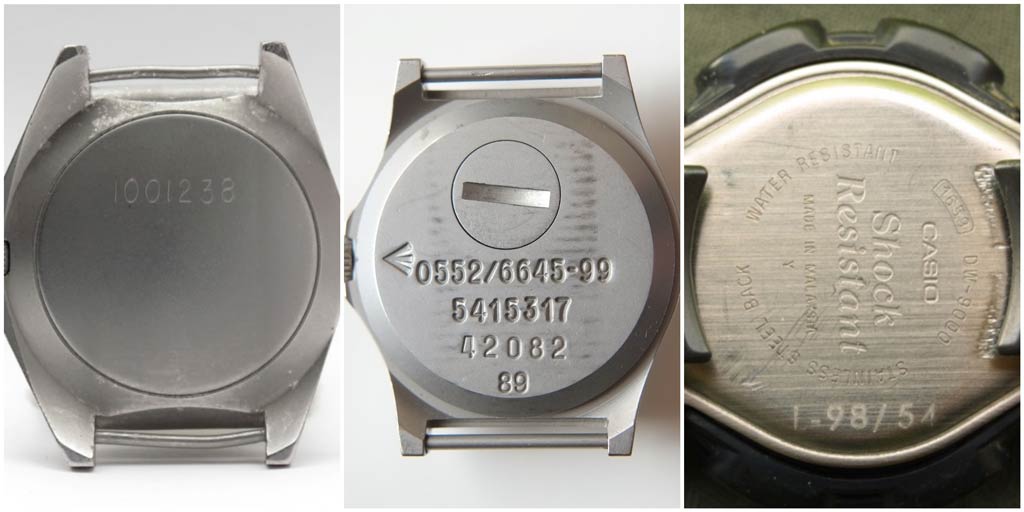









 Featured Videos
Featured Videos





